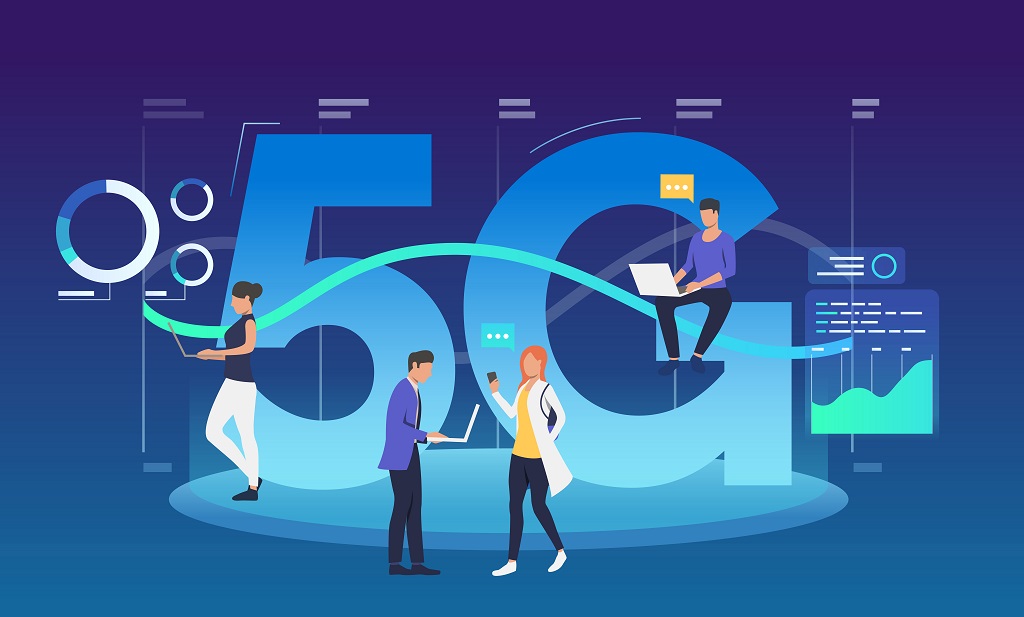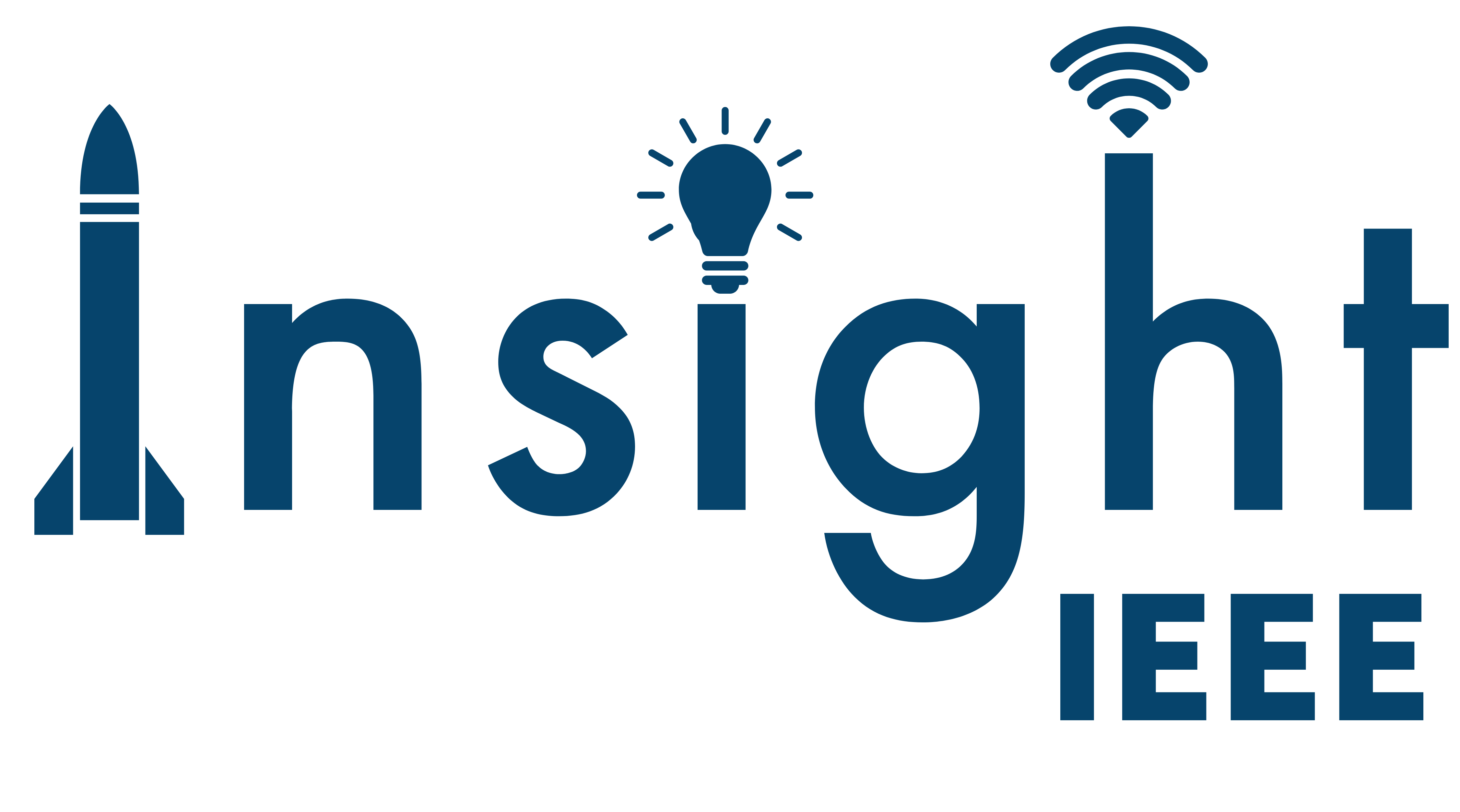Decoding the 5G Euphoria

It all started with 1G and presently we are dealing with 4G LTE. But demands for higher data speeds, higher bandwidth applications have increased tremendously and had set the stage for 5G technology to take over and cater to the following demands:
- Smart Cities
- Vehicle to Everything(V2X) in Intelligent Transport Systems
- E-Health/Cloud Robotic Surgeries
- 5G in IoT
- Remote Control of Industries

5 Backbones For 5G
- Today, we are using the same radio frequency ( 6 GHz ) bands for our data and voice telephony making those bands congested and increasing delays. This problem can be solved by implementing the mm Wave technology which works on completely different frequencies of 30GHz to 300GHz.

- But the problem is, these can’t pass through buildings and easily sabotage to bad weather. This problem can be solved using the availability of traditional towers where we can augment small cells every quarter kilometer which will work as relay-network. Small Cells are small portable base stations.
- 5G base stations can support about a hundred ports, which means more antennas can fit on a single array which can be used for massive MIMO (Multi Input Multi Output) implementation which increases the network capacity by a factor of 22, but increases interference as well.

- The Beamforming technique can reduce interference and delivers the data through the most efficient route complimenting massive MIMO.
- Besides all these, we can try to even lower the latency and produce high throughput using full duplex implementation. Picture two trains going through each other using the same route but not destroying each other. That’s Full Duplex in a nutshell.

Current State of 5G Deployment
According to a report titled THE STATE OF 5G DEPLOYMENTS by VIAVI , 5G is spread across 378 cities of 3 4 countries around the globe (as of January 2020). South Korea with 85 cities tops the chart while China and US follow with 57 and 50 cities respectively. UK with 31 cities comes next to the tally.
Most Beneficial Use Cases for us
- Robotic Surgery : Imagine a doctor doing surgery without even going close to the patient and by just operating a robot from a whole different place or even a continent. That’s possible due to the low latency 5G application.

-
Immersive entertainment : AR-VR applications found great use of low latency and high data rates.
- Video surveillance : Connected drones can be used to monitor one local geographical area and mapping it for analysis purposes.
- Connected Vehicles : Where vehicles communicate with almost everything and are smart enough to self-drive. Note 5G is a very good accessory for a self-driving vehicle but not the only one.

What 5G is NOT about and its shortcomings
5G is not here to eliminate the existing 4G environment, rather it should be used in conjunction with previous generation networks to cater to specific demands. It’s still not so reliable under indoors and the 5G network that we will be getting in the near future is not the high-speed 5G which uses mm Wave but will be Sub 6GHz 5G but that is still faster than fastest of 4G. Implementation of 5G will definitely improve the lives of humans and we will be ever more connected with devices and our work culture will substantially change for a good.
5G implementation around the globe is done in small clusters and we are yet to see these in India. Surely the novel coronavirus (SARS COV2) pandemic has thrashed the 5G and 5G+ plans, but the world will sooner pick its pace and we will be able to enjoy the services which it has to offer.
References:



 Never miss a story, subscribe to our newsletter
Never miss a story, subscribe to our newsletter